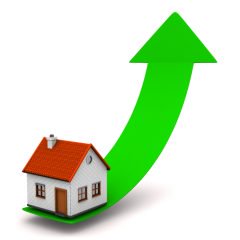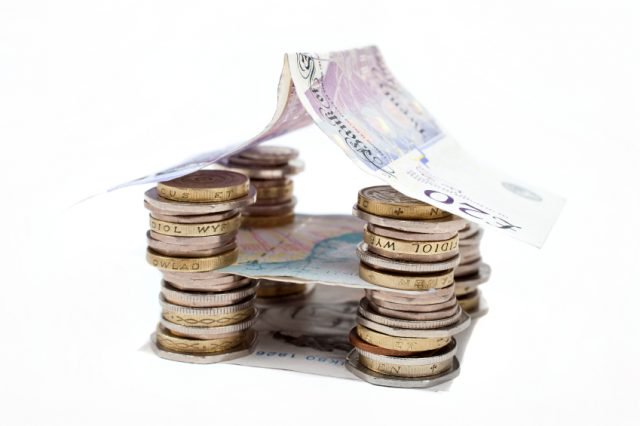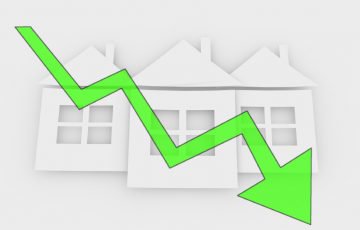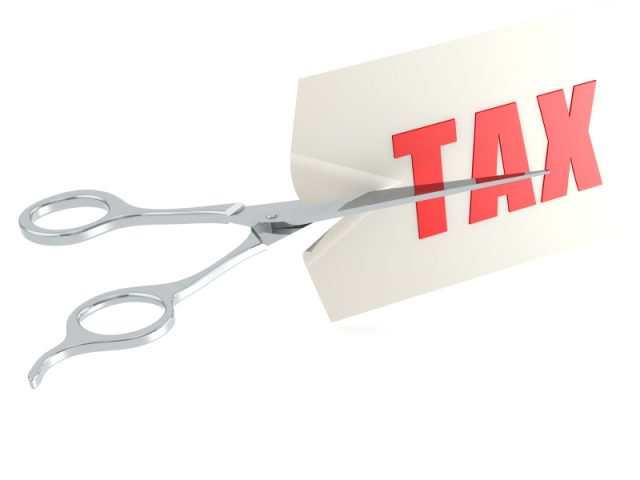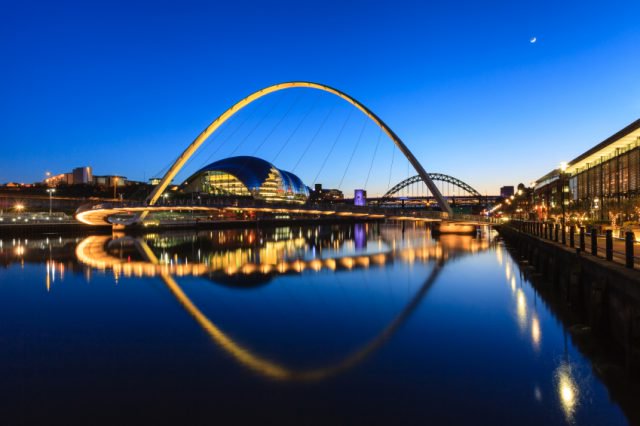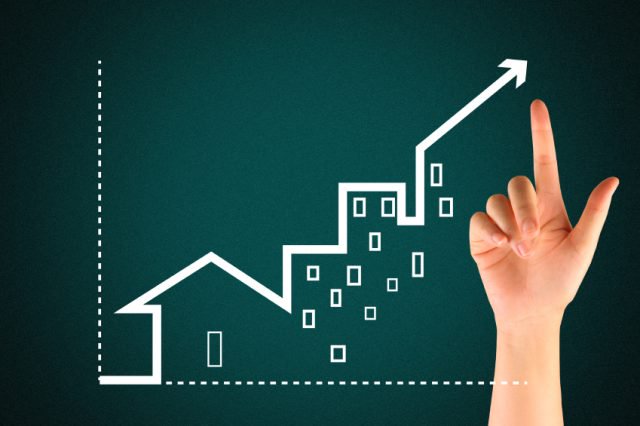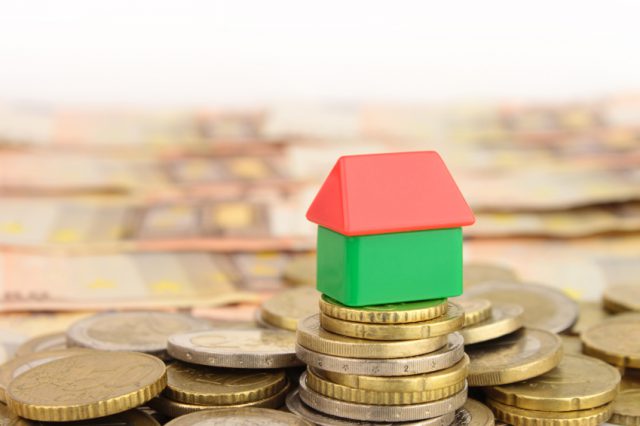Property sales in England and Wales up 13% in July
Sales of property in England and Wales grew by 13% during July, according to new figures.
The latest LSL price index shows that house prices also increased by 0.3% in comparison to June, which took the average price of a property to £279,515.[1]
Rises
Annually, the index shows that prices have risen by 3.7%, rising to 4% if data including London and the South is excluded. In addition, the report indicates that house prices rose in six regions over the year. East Anglia led the way, recording a yearly rise of 6.3%.[1]
By specific town and city, Reading came in top of the list, with prices rising by 15.2% over the last 12 months. LSL believe that this is due to it being on the route of the fresh London Cross Rail project.[1]
Additionally, 27% of local authority areas in England have seen property prices surge to record high levels. These areas include Warrington, the West Midlands, Milton Keynes, Bristol and Devon. This means that England and Wales have seen the strongest July for home sales since 2007.[1]
Capital falls
In terms in yearly rises, London has slipped to eighth in the top ten regions that recorded a growth in property prices. The capital ranks only above the North and Wales in the list and Richard Sexton, director of e.surv chartered surveyors believes that the downturn in lowering the average growth figures across England and Wales as a whole.
‘London has been stalled by more aggressive graduated Stamp Duty and taxation levied at the highest rungs of the property market, plus the rising value of Sterling compared to the Euro,’ Sexton explained.[1]
Data from the index also shows that in the most expensive boroughs in London, Kensington and Chelse and Westminster, sales during the second quarter of the year were down 33% and 31% respectively year-on-year. However, signs of an upturn are apparent, with monthly rises of 2.3% in Kensington and Chelsea and 2.1% in Westminster.[1]
Mr Sexton said, ‘overall homes sales reached 90,000 in July, a boost of 13% from the previous month. This marks the first time this year that sales levels have overtaken the equivalent month in 2014 and is actually the strongest July since 2007, when the market was building up to its pre-crisis peak.’ He went on to say that, ‘sales were 35% higher then, standing at 120,845 in July 2007.’[1]
[1] http://www.propertywire.com/news/europe/england-wales-house-prices-2015081310859.html
